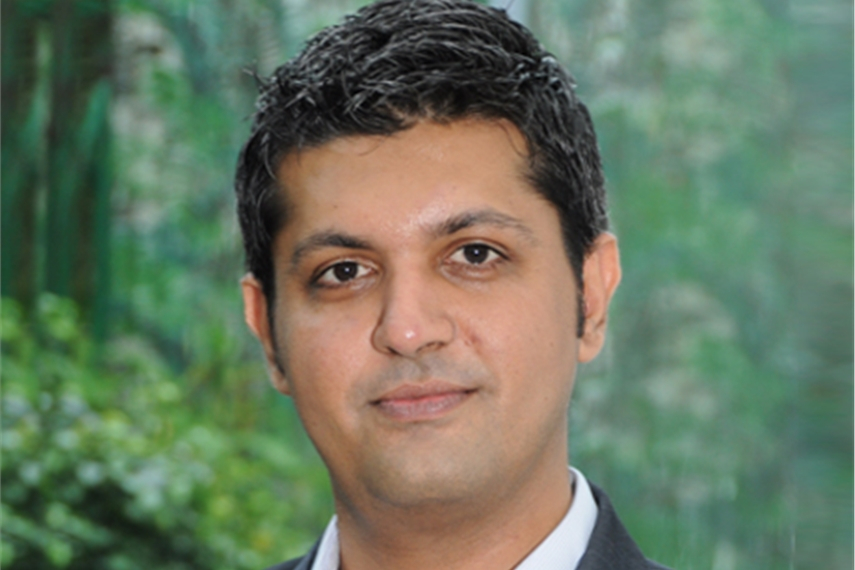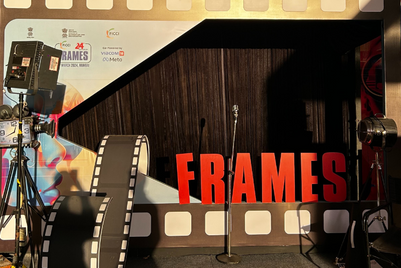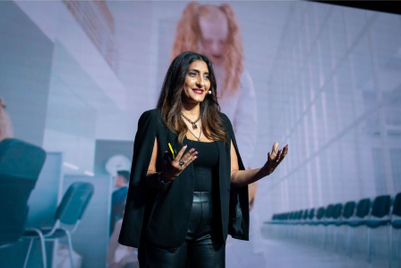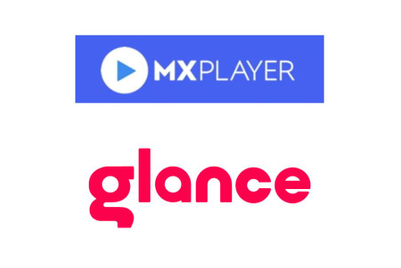Like other print players, Worldwide Media (WWM) too is looking to extend its brands to the digital space. Not that they didn’t have a play in digital before, but the focus is now to leverage its brands and capabilities for client brands, thereby augmenting revenue. Therefore, it's not just digital, but also TV that is in focus.
CEO Deepak Lamba says WWM's advertising revenues from pure play digital advertising should be around four to five per cent by the end of the year, up from virtually nothing a few years ago.
While video is on the rise, it brings with it monetisation issues. Hence the play is instead on branded content, weaving client brands into the narrative, leveraging the content expertise of WWM brands.
While this opens up options, Lamba believes this has to be handled with caution. He explains, “If you try and force branded content, it won’t work for consumers and then the platform will be labeled as one that’s not working well for brands. If you’re able to have the content based on an idea which can connect with an audience set, then you can weave in the brand’s story. This works far better than a brand giving a brief and saying work an idea (of branded content) around it.”
He adds, “With the utmost of respect for brands, when I meet them, I tell them that branded content can’t be an extension of a 30-second commercial. The 30-second commercial is what you do to sing the praises of your brand with USP one, two and three. But if you look at longer form branded content, it needs to engage the consumer first at an emotional level and within that, the brand message has to come through. The earlier experiences we had in this space saw brands wanting to the former and then the results were a consumer backlash. Consumers today know a disguised sale from a mile away.”
From advertising and IPs to branded content
The first move from WWM was to go to their bunch of advertisers who advertised in the magazine. The (lower) cost of advertising online has also helped attract brands that didn’t have the budgets for print, reveals the CEO.
As is known, thanks to its event properties like the Filmfare Awards, WWM has reduced its reliance on print advertising. From 95 per cent eight years ago, print advertising revenue contributes 50 per cent today, still a sizeable chunk.
“Most of our events were making the kind of money they were because they were sitting on some television platform. So, thereby they gave an enhanced reach for advertisers. Now, we’re extending it and making our brands available across platforms. Digital and TV are two platforms that provide reach-based solutions to our advertisers. Wherever we see opportunities across platforms we will look to marry this to our new offerings,” Lamba adds.
Specialist teams
The year began by hiring two teams – one for the digital offering and another for special projects. The special projects team’s mandate is to identify opportunities that have nothing to do with print.
The CEO explains, “We wanted a team that was adept on technology and analytics. In a digital world, if you’re sharp enough the viewers will tell you what they want to watch or not, and at what time. You need a bunch of guys who can give the analytics to a larger team who can then use this data. On a daily basis we analyse the data on stories that go up on Femina.in. On a weekly basis the team meets and discusses what’s going wrong and right. It’s been happening since the last three (to four) months. It happened with Femina and Filmfare to start with.”
Till last year, WWM’s forays on television were led by the event business, like Filmfare Awards. Now, it’s about getting into a 13-part series or some fiction content, reflects Lamba. “Or can Filmfare do a chat show that’ll be on digital? Those are some of the ideas that this team works on.”
This is the first year the company has looked at online branded content as an option, and hopes it starts contributing to the pie soon.
Lamba says, “We are currently working on a large TV show with Maruti. This will air on the Discovery Network in November or December. It’s large for us because of a foray into television and because of the revenues involved. We have two more shows – a luxury show and a home makeover show that will go on air soon. Last week I saw a fantastic pilot, for what we wanted to create as a digital chat show for Filmfare – but it’s come out so well that we are actually thinking of taking it to television. I’m meeting a whole bunch of television people to figure how it works out. We are also working on a couple of fiction ideas for Femina, where we are looking to break down some stereotypes that surround women in Indian society in a tongue and cheek way. Now, the tough job to find a buyer who believes in our vision is to be found. Between now and end-March I, want five to six pieces of work like this.”
In competition with agencies?
But agencies too are in the branded content play, with direct access to clients, and media agencies also managing their media budgets. Does that mean the team will be at a disadvantage in the space?
Lamba counters, “I fail to understand why an agency will do better (branded content) than us. I had this conversation a few years ago when I went and sold (space) directly to a client. The media agency person would ask me, ‘Why did you go and talk to my client?’ The ‘my client’ he’s referring to is my client too. If you look at the 15-per cent media agency concept, it’s the media owner who is paying that 15 per cent. So you’re (media agency) technically working for the media owner. So how does the client become your client and I become third party?”
He surmises, “Now, you’re looking at silos which have emerged within media agencies, like ESP at GroupM. This has happened because traditional media was divided between the planner and buyer option, but as we went from six to 600 channels, media has become more of an exact science. The art of media planning and buying became a highly scientific exercise. The creative process was then left to the ad (creative) agency.”
“Today, you’re somewhat seeing the world merge together, which is why media agencies are creating content hubs within them. I think the smarter agencies will welcome conversations with us. A smart agency will always recognise that the best person to set a brand idea will be the brand owner and not the agency. A not-so-smart agency will suffer at its own peril, because the best person to sell my own brand concept will be me.”




.jpg&h=334&w=500&q=100&v=20250320&c=1)
.jpg&h=334&w=500&q=100&v=20250320&c=1)


.jpg&h=334&w=500&q=100&v=20250320&c=1)

.jpg&h=334&w=500&q=100&v=20250320&c=1)

.jpg&h=334&w=500&q=100&v=20250320&c=1)





.jpg&h=268&w=401&q=100&v=20250320&c=1)
.jpg&h=268&w=401&q=100&v=20250320&c=1)
.jpg&h=268&w=401&q=100&v=20250320&c=1)

